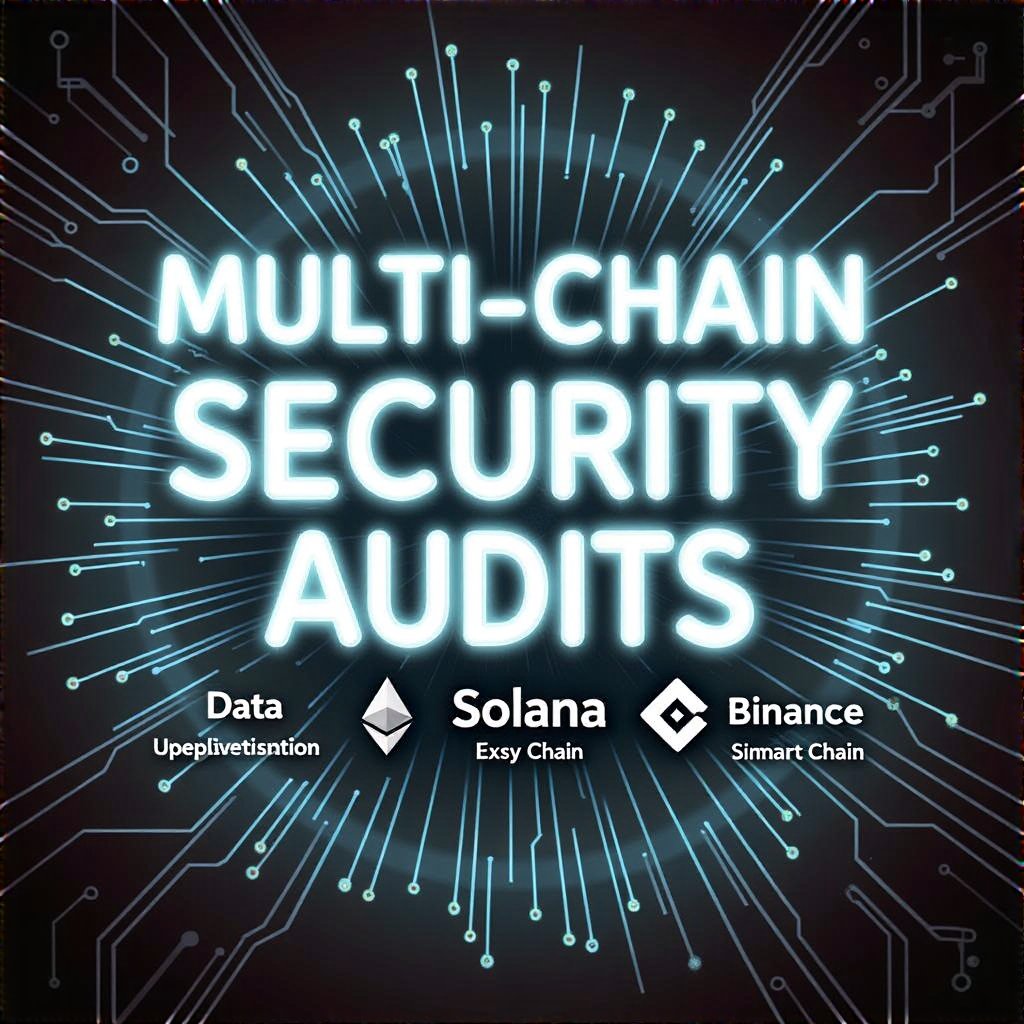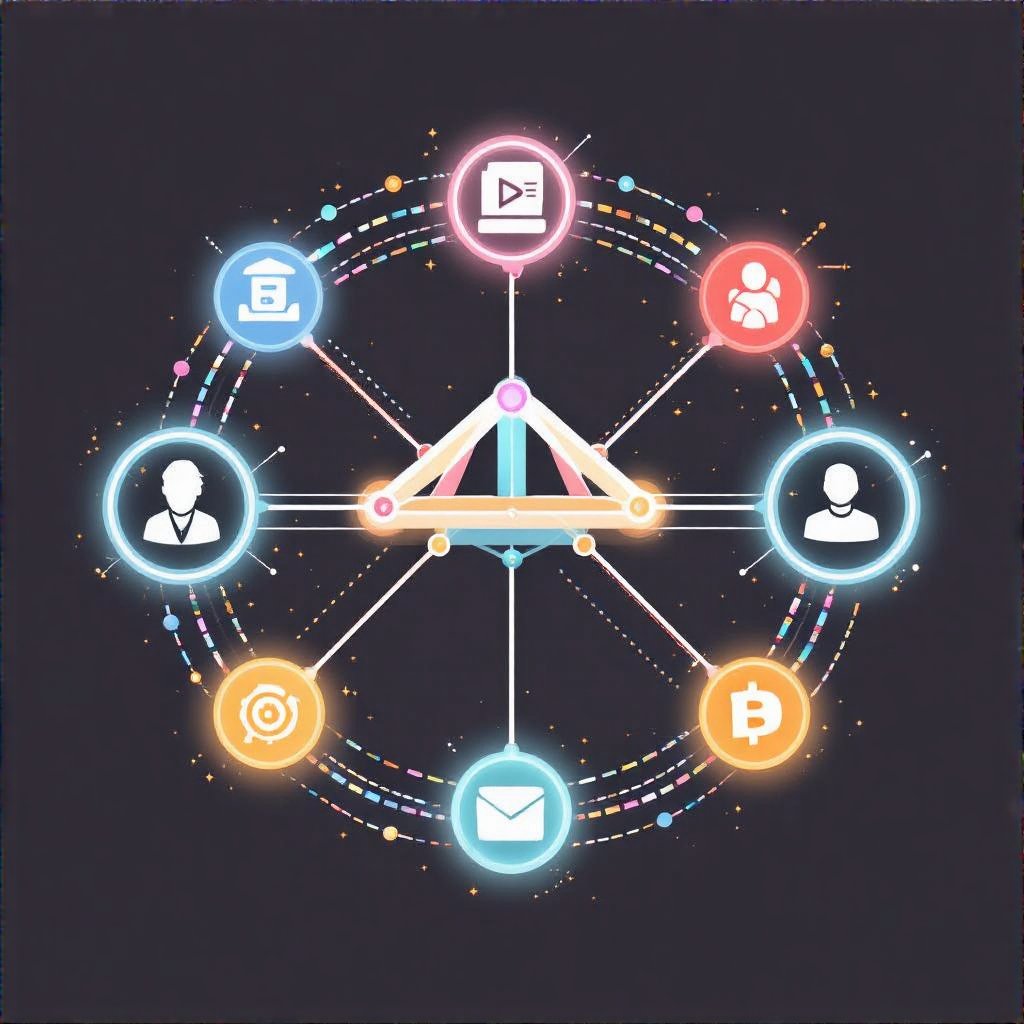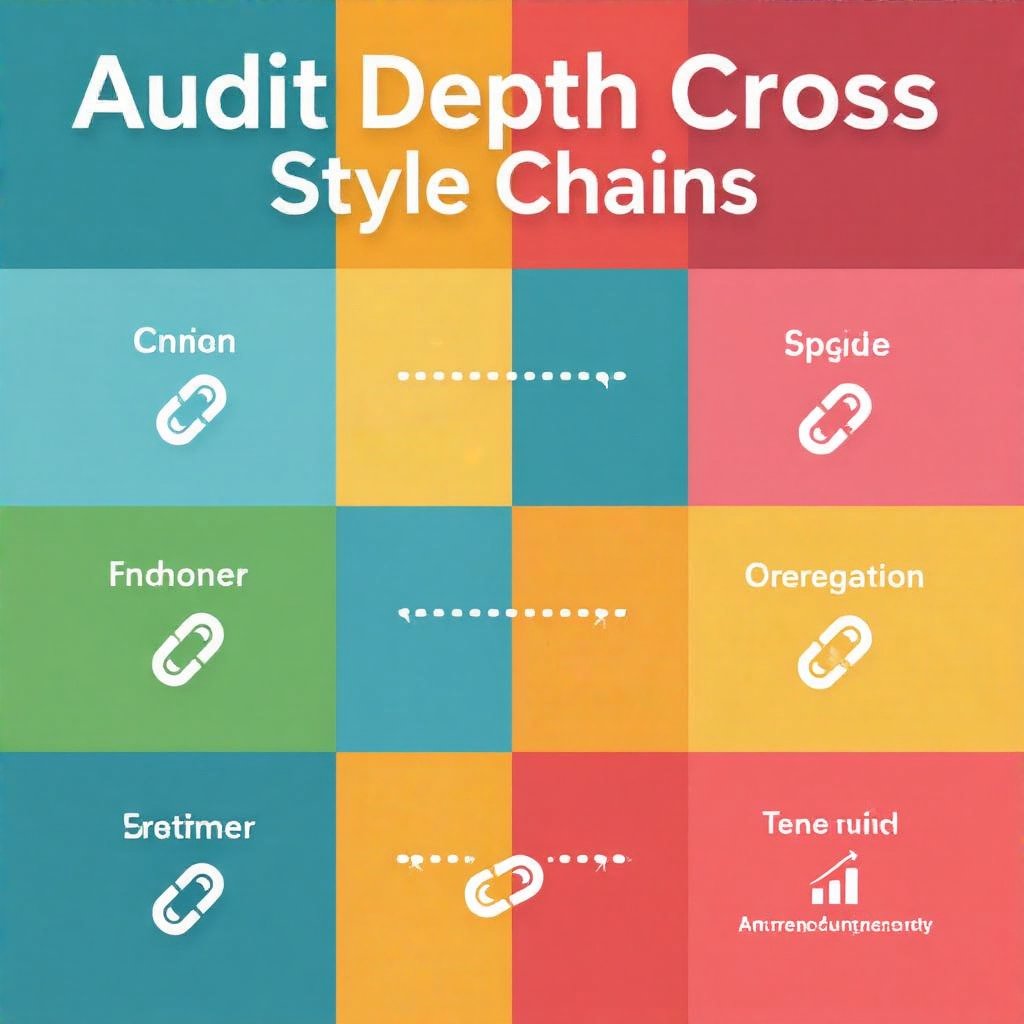The Power of Multi-Chain Security Audits: A Data-Driven Guide

In a market where cross-chain activity is the norm, a single audit often misses dangerous blind spots. As a data detective, I translate noisy findings into a clear risk map using statistical analysis and network graphs to reveal what one audit alone cannot show.
- Why One Audit Isn’t Enough
- The Value of Diversified Audits
- Best Practices for Multi-Chain Audits
- Real-World Cases and Practical Lessons
- FAQ
Why One Audit Isn’t Enough
A sole audit can overlook chain-specific vulnerabilities, blind spots from auditor bias, and gaps in cross-chain logic. A digital echo chamber emerges when reviewers share the same frame, masking latent risks. For a broader governance and compliance perspective, see regulatory risks and compliance for exchange tokens.
In practice, different domains require different lenses: smart-contract security, network infrastructure, and cross-chain bridge robustness each demand specialized scrutiny. That’s why a diversified approach—supported by layered testing and public transparency—yields a more reliable security posture than any single report.
- Overlooking chain-specific vulnerabilities
- Missing audit biases or blind spots
- Potential for false confidence in compromised security

The Value of Diversified Audits
When multiple firms review a platform, each brings distinct tools, checklists, and perspectives. This cross-pollination helps uncover cross-chain bridges, inconsistent contract behavior, and nuanced consensus-related risks. For context on token economics and long-term value, see Meme Coin Tokenomics vs Utility and for governance implications, DeFi governance tokens.
Public, diversified reporting also fosters community trust and aligns incentives among developers, auditors, and users. External perspectives can validate internal risk models and reduce reliance on any single methodological frame.

Case for Multi-Chain Audits
Across recent years, cross-chain ecosystems have faced cascading failures when a single-chain focus dominated risk assessment. As CoinDesk's DeFi overview notes, robust risk management requires multi-chain visibility and ongoing reassessment. To ground security practice in actionable guidance, we also consult Ethereum's security best practices and the NIST Cybersecurity Framework as a universal baseline.

Best Practices for Multi-Chain Audits
Adopt a structured, repeatable process that combines on-chain code reviews with infrastructure and governance assessments. The following practices help maximize coverage while controlling costs and timelines:
- Engage reputable firms with different blockchain focuses and specialties.
- Require auditing of both smart contracts and operational infrastructure.
- Update and re-audit after every significant upgrade or bridge integration.
- Publish transparent reports and disclose remediation timelines to maintain trust.
| Aspect | Single Audit | Multi-Chain Audits |
|---|---|---|
| Scope | One chain, limited cross-chain view | |
| Depth | Variable, depends on vendor | |
| Transparency | Often private | |
| Risk Detection | Cross-chain gaps possible |
Pros: broader coverage, reduced blind spots, stronger community confidence. Cons: higher cost and longer timelines, necessitating phased deployment. For practical alignment with governance, see DAO governance considerations.
Practical Checklist
- Define cross-chain risk scenarios (bridges, liquidity pools, cross-chain messaging).
- Schedule staggered audits across different firms and networks.
- Mandate public remediation timelines and post-audit re-testing.
- Integrate audit findings into ongoing security monitoring and incident response.
FAQ
Q: What is a multi-chain security audit?
A: An assessment covering code, infrastructure, and governance across more than one blockchain, designed to identify cross-chain risks and interactions.
Q: How many audits are enough?
A: No fixed number, but two or more audits from independent firms with different strengths typically yield broader coverage.
